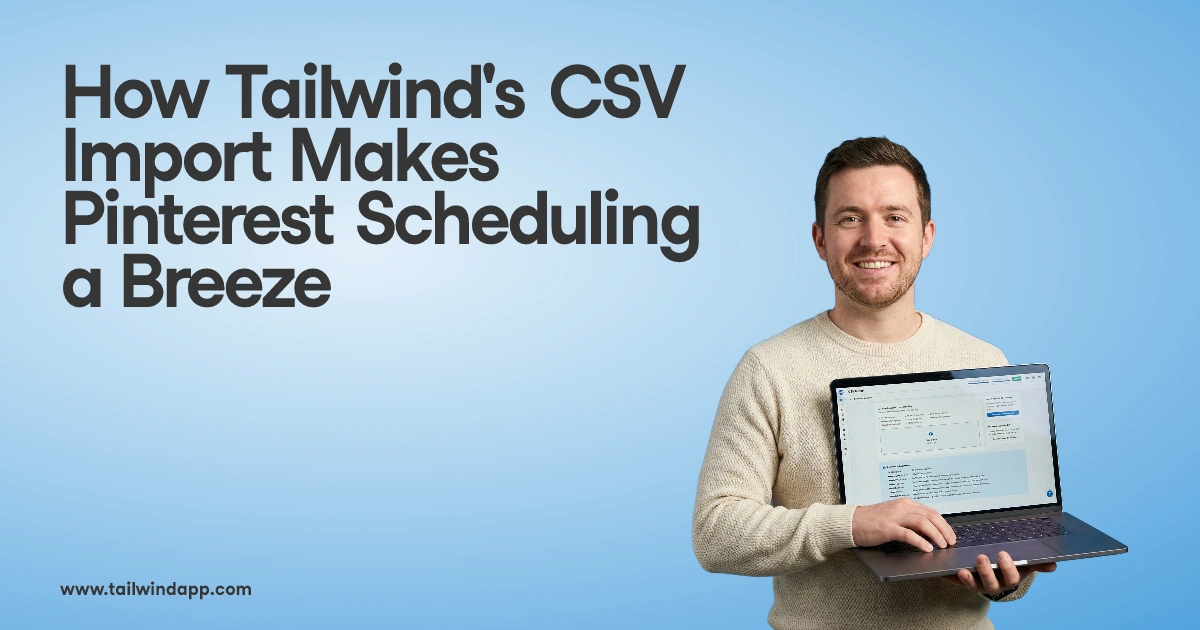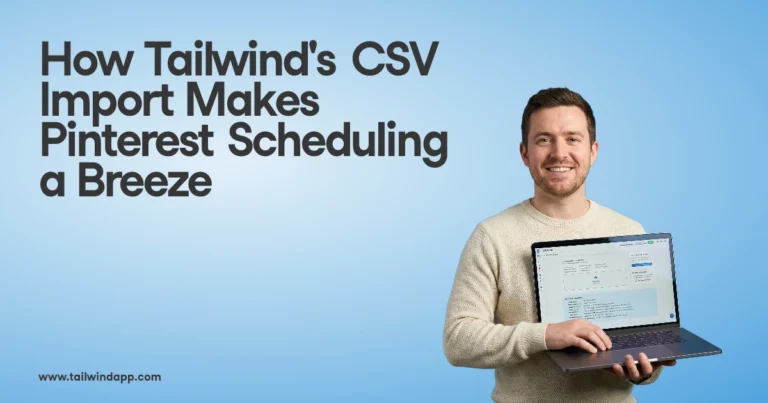
If you’ve noticed conversations recently about falling impressions on Pinterest Pins, you are not alone. Should you be concerned? If you’ve noticed a decrease in Pin impressions on your own account, what can you do to reverse the trend? We have the answers, so stick around!
We recently had a lively discussion with Jeff Sieh and Jennifer Priest on Facebook on this topic. Have a watch!
What Is a Pinterest “Impression”?
Impressions simply count the number of times your Pin appeared on screen. It doesn’t mean anyone noticed it, engaged with it, or clicked on it, simply that it was displayed on someone’s screen.
If you’re looking at the overall Impression count for your profile, by default you will see impressions of everything you saved – Pins to your site, Pins to other people’s sites – and this figure includes impressions you paid for via Pinterest ads.
It includes impressions from your activity in sharing your own content AND that resulting from other people sharing your content. You can easily filter your impression analytics by adding filters.
Here I’ve filtered to just see impressions resulting from organic shares of content linking to our site:

What Does it Mean if My Pinterest Impressions Are Falling?
It could mean that your content is getting less distribution. Or it could mean that the content you are sharing which links to other people’s sites are getting less distribution. The really important thing to look at is – is your Pinterest referral traffic being impacted?
Use Google Analytics to find out. Go to Acquisition → All Traffic → Channels to see the bigger picture.
Falling impressions may have very little correlation to falling traffic, especially if you are sharing other people’s content.

Turn Your Pinterest Performance Around with Tailwind’s Smart Scheduler
Seeing your Pinterest impressions drop can be frustrating, but consistency and timing are key to turning things around. With Tailwind’s Smart Social Media Scheduler, you can effortlessly keep your pinning strategy on track.
The Smart Scheduler ensures your pins go live at the best times for engagement, helping you rebuild momentum and reach your audience when they’re most active. Stop guessing and start scheduling smarter with Tailwind today!
Is Using Tailwind Causing My Impressions to Fall?
No. Using an approved partner tool will not decrease your distribution.
We have recently confirmed via our Pinterest Partner team that, Pins published through Tailwind or any other official Pinterest partner are not distributed differently than those published natively.
What is Causing a Decrease in my Pinterest Impressions?
Distribution of Pins varies for many reasons including:
What Pinners Are Searching For
If you’re Pinning about Spring dresses in July, you’re not likely to get a lot of distribution for that content – not because there is anything wrong with your content, but because no one is looking for it. It is not relevant today.
If, however, it’s August and you’re sharing your back-to-school tips, well, hello!
HOT TIP: Not sure when that cozy comfort food mac and cheese recipe post will be most relevant? End of November. How do I know? Pinterest Trends!! If you haven’t used it to plan your content, I’m begging you: try it.

Of course, it’s not just about seasonality. Styles and trends come and go. Tie dye was big this spring and ‘Home screen aesthetic and wallpapers’ is all the rage today. As in real life, fashions and trends come and go.
Try creating and sharing a variety of content relevant to multiple seasons, moments, life events, and trends to try to even out your highs and lows over the year.
How Much Engagement the Pin Receives
Your content is served up to your followers first, and their level of engagement sends Pinterest a signal as to its relevance and quality, which will impact your distribution.
Make sure that what you share to Pinterest is of interest to your audience. How? Check out your audience insights (found under “analytics”). You can see the interests and categories which are most engaging to your audience.

Encourage people who already like your content to follow you on Facebook! Your blog and email readers already enjoy what you share – having them as members of your Pinterest audience can give your engagement a boost!
Whether It’s a Brand New Post/Product or Older Content
The best way to increase impressions on your Pins overall is to share brand new, engaging content on Pinterest. That means a new blog post or product which is useful and inspiring to your audience. The recent Pinterest Creators Festival event suggests that creating 2-3 new pieces of content per week is a good goal to aim for.
This is not to say that you cannot create new images for existing content which would appeal to new audiences and new searches or to refresh still-relevant content (like that gift guide for last year – update your post and Pin it with the new date and content). Just leave plenty of room between shares and don’t overdo it.
One thing we’ve noticed is that some are making many images for the same content, sometimes sharing many in quick succession with the same photo, text, and title. This can make for an unpleasant user experience and can impact your distribution.
It’s better to stick with just a couple of images for each idea and experiment with different contexts to reach a new audience and appear in different searches.
When the Pin was Published
If your Pin went out 6 hours ago and you’re looking for thousands of impressions, you’re likely to be disappointed (in fact, you may not see anything at all yet!). More often than not, it’s a slow build. You share, people engage, they share, and it’s exponential.
Another way timing impacts distribution is seasonality, which we discussed above. If your content goes out when it doesn’t feel relevant to your audience, it’s not going to get much engagement, which will in turn limit distribution.
How Well Pinterest Can Identify the Content of the Pin and Map it to the Interests of Pinners
Are you making your product, service, or idea central to your Pin image? Are you using keywords in your Pin titles and descriptions? Are you sharing only to relevant Boards, which are also making use of keywords in the name and description?
Give Pinterest as many signals as possible to help them identify your content and serve it up to the right people. Learn more about Pinterest SEO.
Adherence to Pinterest Best Practices
Pin performance can also vary based on how well they adhere to Pinterest’s best practices. Pinterest has a series of courses available in their Pinterest Academy that we recommend to get up to speed on current best practices.
This does mean that over a long enough period of time, you may see engagement drop or rise substantially across all of your Pins, or you could see engagement drop for certain types of Pins, regardless of how they were published to Pinterest.
Still have questions? We’ve broken it down here:
Conclusion – How to Combat Falling Pinterest Impressions:
Much of it comes down to the content you’re creating and the audience you’re attracting, so make sure to:
- Create and save content that Pinners are searching for today.
- Create content that your audience finds engaging.
- Create brand new content and ideas to inspire.
- Give it some time.
- Make sure Pinterest can easily identify the content you are sharing (use SEO!)
We know you have more ideas and we’d love to hear from you – what have you found impactful for increasing your Pinterest impressions?
Pin It For Later:







